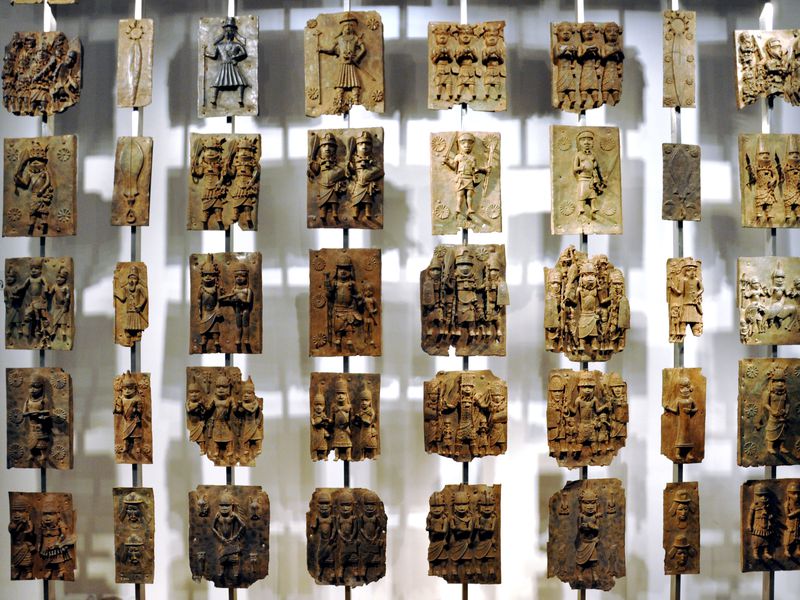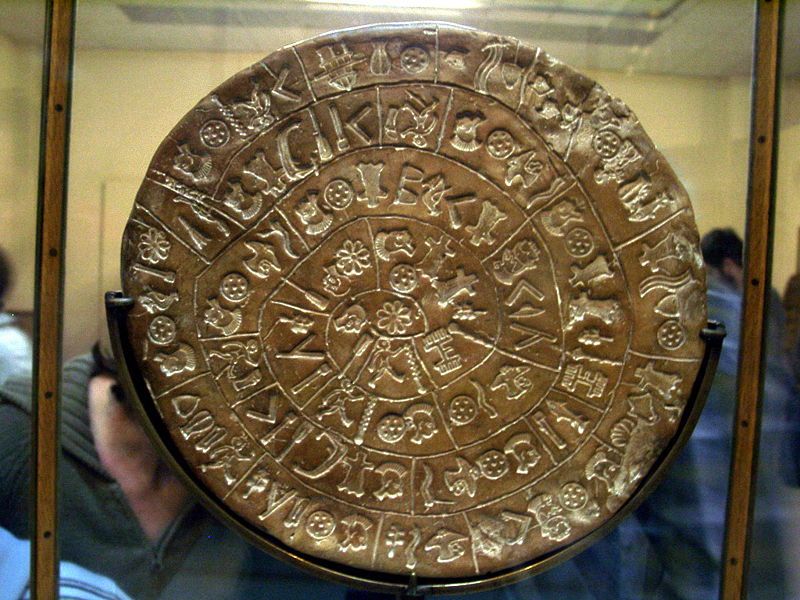Ancient artifacts that leave us intrigued to this day

Science, engineering and advances in technology are always able to surprise us with gadgets that make our lives easier or end up changing the way we relate. But there are artifacts created thousands of years ago that may have had a great impact on people’s lives in their time – without us knowing exactly how.
They are objects designed and built by our ancestors, which remain well preserved, but whose use or function has been lost throughout history. No one can tell exactly how they were made – and their real usefulness remains a mystery.
The BBC has listed these objects:
- The iron pier that does not corrode
India is home to many mysteries and impressive works. One of them is the Iron Pillar of Delhi, a seven-meter-high iron column that, according to expert evaluations, was built 1,600 years ago. Despite the weather, it has not oxidized.

The pillar weighs about six tons and is one of the historical curiosities that most call attention in the field of metallurgy. It is part of a Hindu temple built during the Mauria dynasty, the first great empire that unified India. And it’s the only part of the temple that still stands.
Years later, in the 13th century, the former slave Qutb-ud-din Aibak became the first sultan of Delhi. Aibak is the founder of the Mamluk dynasty and the first Muslim ruler of South Asia. In his four years in power, he built the Qutb Complex, a group of buildings that includes the famous Qutab Minar tower and the Quwwat-ul-Islam mosque. In the center is the iron tower.
It is believed, however, that this is not its original location and that its original purpose was to serve as a tribute to the god Vishnu. The pillar is made of wrought iron of a high degree of purity, low in sulfur and high in phosphorus. It is considered a sample of the advanced level of metallurgy in India at that time.
- The Festos Disc
To the south of the island of Crete are the ruins of the Minoan palace of Festos. In 1908, the Italian archaeologist Luigi Pernier found there a clay disc that even today intrigues specialists and generates controversy.
The disc has both sides with hieroglyphic inscriptions arranged in a spiral and whose meaning is not fully known. It is believed to have been manufactured in the late Greek Bronze Age, between the 30th and 15th centuries BC. But there are archaeologists such as Jerome M. Eisenberg who assure us that it is a fraud created by Pernier.
Other experts, such as Gareth Owens and John Coleman, claim that the record belongs to Minoan culture and assure they have deciphered the inscription, at least partially. The Minoan culture dates back to the years 2,200 and 1,450 B.C. and is considered the first advanced civilization in Europe during the Bronze Age. Festos was one of the most important cities of that time.
The disc, however, remains an enigma because it contains 61 unidentified hieroglyphics that are not found in any other sample of Minoan scripture. Owens, who claims to have decoded at least 50% of the message, claims that the disc talks about a pregnant goddess.
- The Roman dodecahedron
In several points of the European continent were found examples of this object, formed by 12 flat pentagonal faces with circular cavities in the center and small buttons in the angles. The most common version is made of bronze, although there are also some made of stone.
They were found in countries like Spain, Italy, Hungary, France and Germany. They are believed to have been made between the 2nd and 3rd centuries AD during the Roman Empire. None of these found objects were more than 11 centimeters in diameter.
Roman dodecahedron: not known what it was used for, despite having been found in different countries. Although they were found in different places, the function of this object remains unknown. There is a wide variety of hypotheses for the use of the artifact, among them, that it may have been a weapon, a child’s toy, a mold or even an agricultural calendar.
- Costa Rican stone spheres
In 1939, workers from the American company Standard Fruit Company were clearing a forest in southern Costa Rica to plant bananas when they discovered some stone spheres.
Since then, other stone spheres have been found in the country. But to this day, archaeologists question the usefulness of such objects and how they were made. They are believed to have been made around the year 600, by the diquí people, who disappeared after the Spanish Conquest.
The spheres have different sizes. Some have diameters of seven centimeters and others, of more than two meters. They can weigh up to 16 tons. Some believe that these spheres could symbolize prestige, depending on the size. The spheres were made from large blocks of stone and carved using tools also made from stone, such as hammers, and then went through a polishing process.





